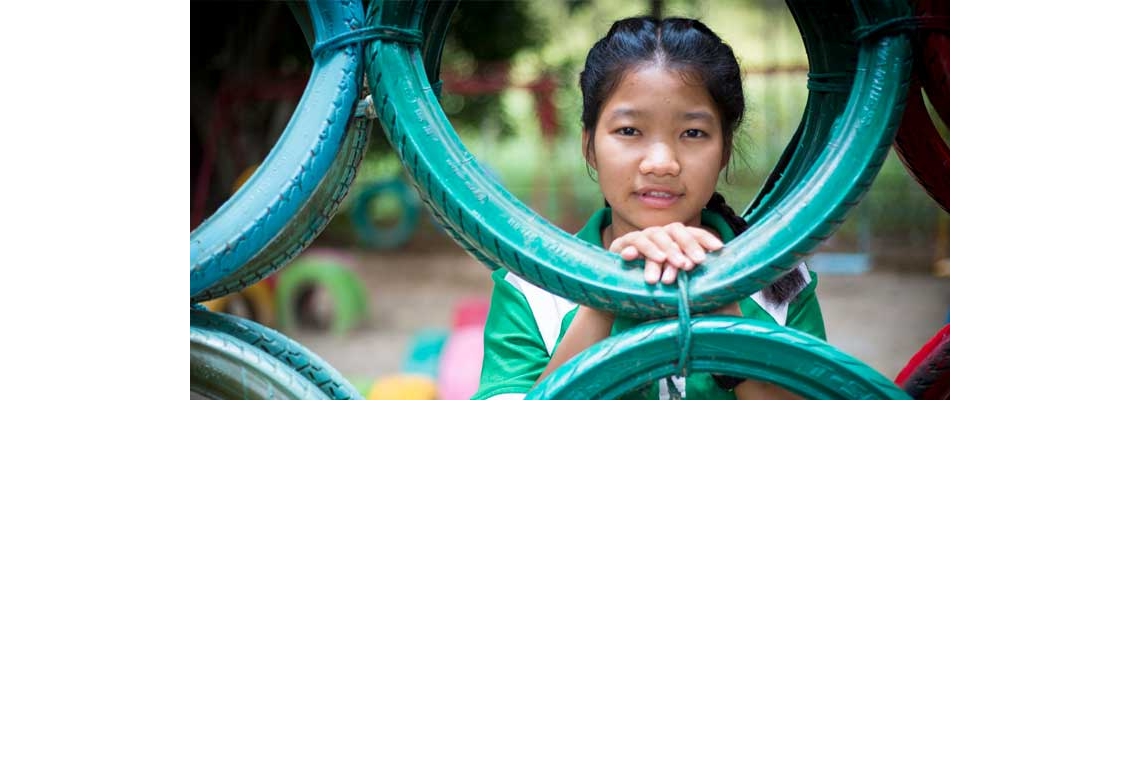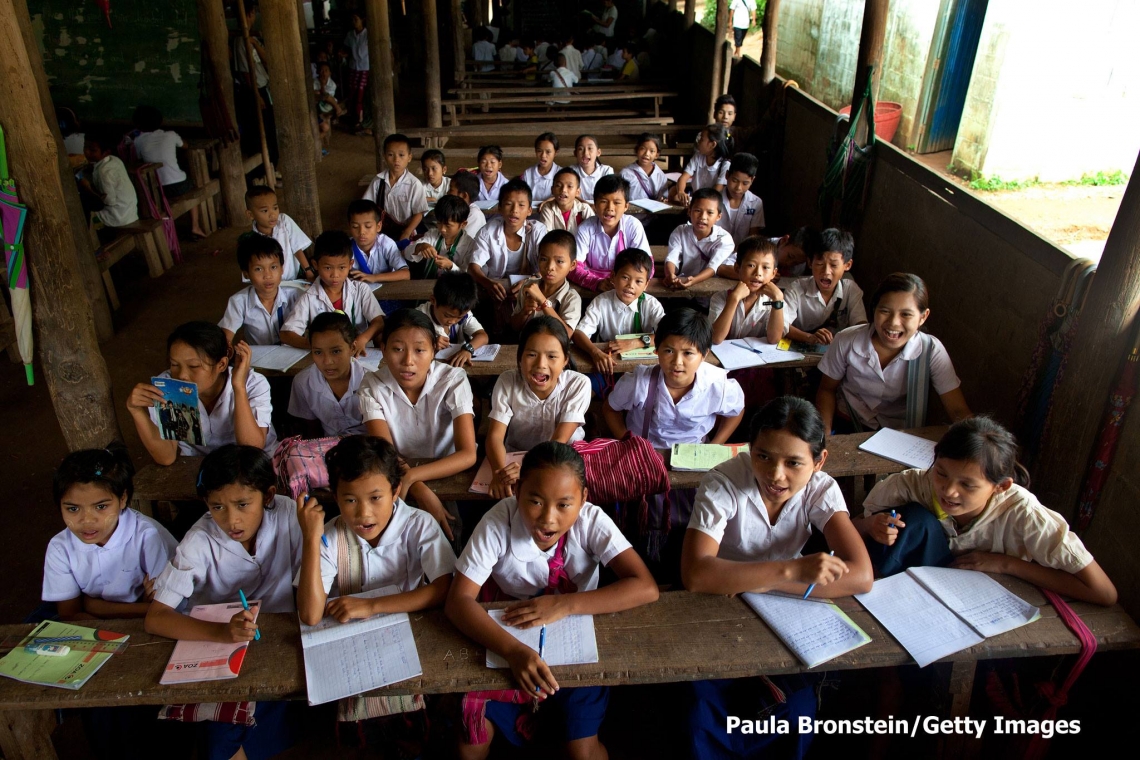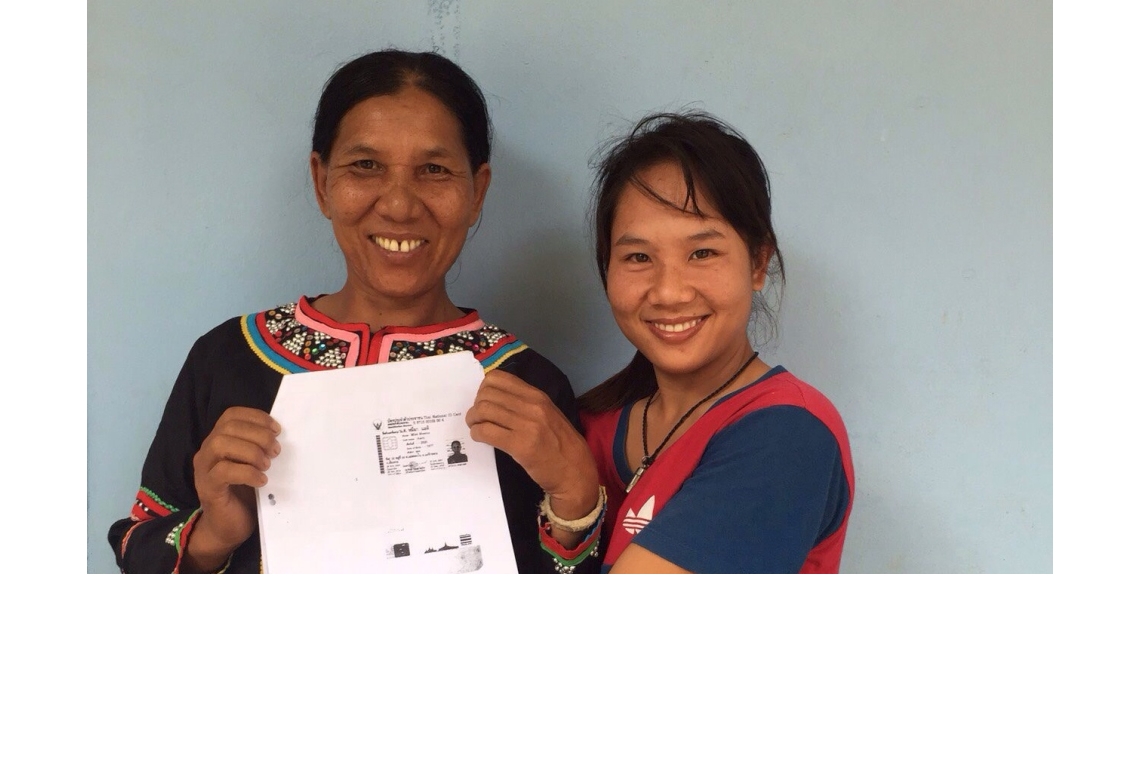
Statelessness
What is Statelessness?
It is estimated that at least 10 million people are stateless worldwide: they are not considered as nationals by any State under the operation of its law. Statelessness is sometimes referred to as an invisible problem because stateless people often remain unseen and unheard. They often aren’t allowed to go to school, see a doctor, get a job, open a bank account, buy a house or even get married. Denial of these rights impacts not only the individuals concerned but also society as a whole, in particular because excluding an entire sector of the population can lead to social tensions and significantly impair economic and social development.
UNHCR is mandated by the UN General Assembly to identify and protect stateless people and to prevent and reduce statelessness. UNHCR fulfills its mandate by working with governments, other UN agencies and civil society to address the problem. On 4 November 2014, UNHCR launched the #IBelong Campaign to End Statelessness by 2024. To achieve the goals of the #IBelong Campaign, the Global Action Plan to End Statelessness: 2014 – 2024 establishes a guiding framework comprising 10 Actions to be undertaken by States, with the support of UNHCR and other stakeholders. The Global Action Plan is intended to resolve existing major situations of statelessness and prevent new cases from emerging.






